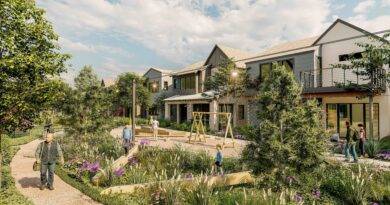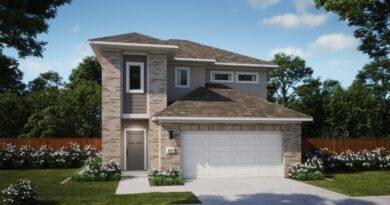The Age of the U.S. Housing Stock
Based on the most recent data from the 2022 American Community Survey[1], the median age of owner-occupied homes stands at 40 years old. The aging trend of the U.S. owner-occupied housing stock has accelerated notably since the Great Recession, owing to a lag in residential construction’s pace of new home development. Presently, new home construction contends with challenges such as escalating material expenses, labor shortages, and heightened interest rates.
According to the NAHB, with a lack of sufficient supply of new construction, the aging housing stock signals a growing remodeling market, as old structures need to add new amenities or repair/replace old components. Rising home prices also encourage homeowners to spend more on home improvement. Over the long run, the aging of the housing stock implies that remodeling may grow faster than new construction.
New construction added nearly 1.7 million units to the national stock from 2020 to 2022, accounting for only 2% of owner-occupied housing stock in 2022. Relatively newer owner-occupied homes built between 2010 and 2019 took up around 9%. Owner-occupied homes constructed between 2000 and 2009 make up 15% of the housing stock. The majority, or around 60%, of the owner-occupied homes were built before 1980, with around 35% built before 1970.





